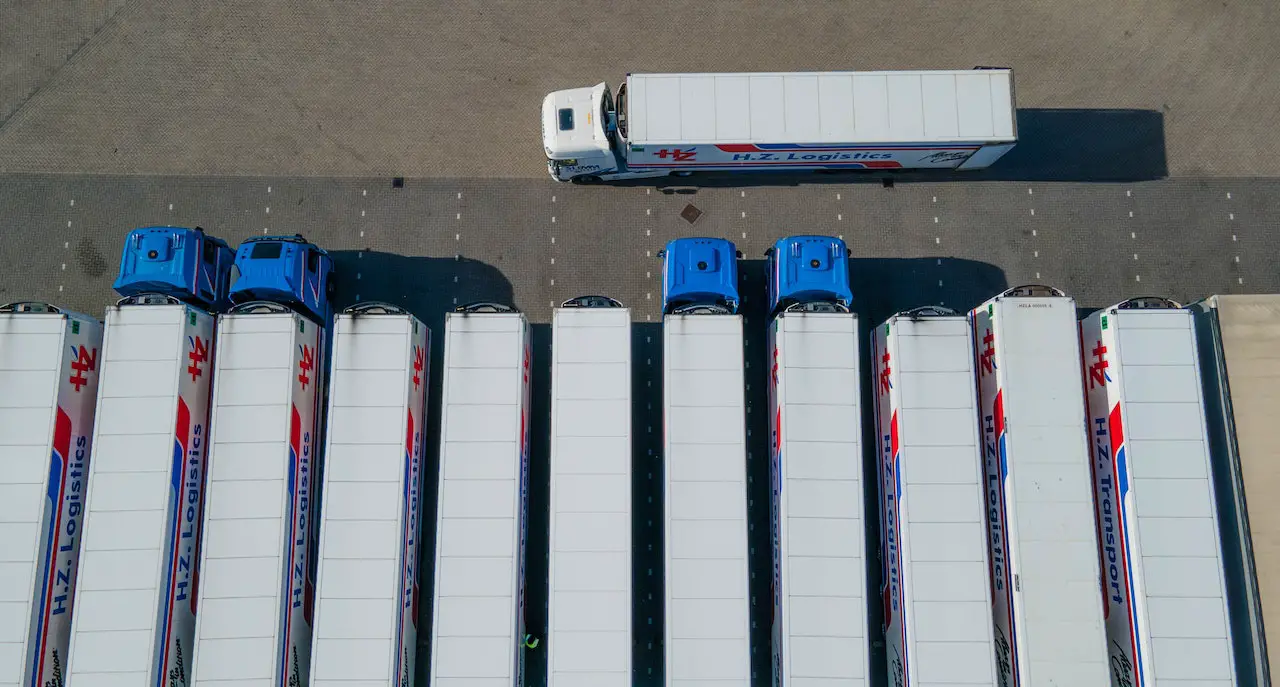Effective communication is fundamental to the smooth operation of any company fleet. It’s the glue that binds drivers to dispatchers, management to maintenance, and everyone in between. However, maintaining open and efficient communication lines isn’t always easy, especially with drivers on the move and dispatchers juggling multiple tasks. This guide aims to assist you in improving communication within your fleet, ensuring a smoother, safer, and more productive operation. Implementing these strategies will not only enhance your team’s overall efficiency but also propel your business to new heights.
Utilize Mobile Communication Apps
One of the most effective ways to stay connected with your fleet is through the use of mobile communication apps. These apps allow you to easily send messages, update schedules, and track driver locations in real time. Not only will this improve communication between drivers and dispatch centers, but it can also help reduce administrative costs by automating routine processes like scheduling. Additionally, mobile communication apps provide a wealth of helpful features such as route optimization and driver performance tracking; all in one convenient platform.
Alternatively, if you’re seeking a solution that caters to your unique requirements, there is a range of custom-built mobile apps available. These apps are specifically crafted to enhance fleet communication, offering not only the core functionalities found in generic counterparts but also advanced features like group chat capabilities and automated check-ins with drivers.
Implement Two-Way Radios
Enhancing communication can be achieved through the efficient utilization of two-way radios. These devices offer a reliable means of contact between drivers and dispatch centers, eliminating the need for costly mobile data plans. Not only that, they prove to be an excellent choice for communicating with drivers in remote areas where cellular coverage is limited or nonexistent. Namely, with a 2-Way dispatch radio, dispatchers can send messages to drivers and simultaneously receive updates for improved efficiency. With their versatility and reliability, radios serve as a valuable tool in facilitating seamless communication within the transportation industry.
Leverage Telematics Technology

While it may not be feasible to stay in constant contact with every driver on the road, telematics technology can help bridge the communication gap. By leveraging cutting-edge GPS tracking, you can monitor driver locations and receive instant alerts when certain thresholds are breached. This provides up-to-date information regarding your fleet’s whereabouts at all times, allowing for quick responses when needed. Even more so, telematics technology can be used to monitor driver performance, ensuring that they stay on task and remain safe while out on the road. Using this technology, you can improve communication with your fleet while improving driver safety and overall efficiency.
Have Clear Performance Expectations
Good communication isn’t just about staying connected with your fleet; it’s also about setting clear expectations when it comes to drivers’ performance. Your team should be aware of all operational policies and procedures, including speed limits, detours, and other regulations. Make sure to provide feedback on a regular basis so that drivers remain informed about their progress and understand how they can improve. Establishing clear performance expectations will go a long way in ensuring efficient communication between your staff and management.
Establish Emergency Communication Procedures
Drivers need to be aware of which channels they can use to contact dispatch and how they should respond in a crisis. Make sure your team is familiar with all safety protocols and that their emergency communication needs are met. Doing so will reduce response time and increase the chances of a successful outcome. Perhaps most importantly, having a clear emergency communication plan in place will provide your drivers with the confidence and peace of mind they need to stay safe on the roads.
Improve Driver Training Programs
Drivers must be trained and educated on effective communication techniques. This should include topics such as customer service, conflict resolution, and how to properly respond to emergencies. Start by implementing simple role-playing exercises to give your drivers hands-on experience with such scenarios. It helps to identify problem areas in communication and give feedback on how they can be addressed. As a result, this will enable your team to better understand expectations and stay connected in an efficient manner.
Schedule regular check-ins
Regular check-ins with your drivers to ensure that everyone is on the same page and their expectations are being met. This will provide an opportunity for both you and your team to discuss any issues or concerns they may have regarding communication within the fleet. Letting drivers know that their input is valued goes a long way in fostering a productive working environment and improving overall communication. Furthermore, it’s important to stay up-to-date with the latest trends and technologies related to communication within the transportation industry, as this will give you a competitive edge in today’s market.
Seek Feedback from Drivers

One of the best ways to learn how you can improve communication with your fleet is by seeking feedback from drivers. This will give you a better idea of what they need to be successful and sure that their voices are heard. Collecting this data helps you identify areas in which performance could be improved, allowing you to make changes that enhance communication throughout your organization. Fostering a positive working environment will not only enhance productivity but also boost customer satisfaction and loyalty. Moreover, staying ahead of industry trends and embracing cutting-edge communication technologies can unlock invaluable insights for optimizing fleet performance. Let’s stay ahead of the game!
Stay Updated with Technology
Technology is constantly evolving and changing, so it’s important to stay ahead of the curve. Keeping up with the latest trends in communications can give you an edge in today’s market. Make sure you are familiar with tools like two-way radios, driver performance tracking systems, and automated check-ins that can help enhance communication between drivers and dispatch centers. Similarly, explore novel approaches for integrating artificial intelligence and machine learning into your operations. These advancements can yield more precise data and enhance operational efficiency. By streamlining communication, you can effectively manage your fleet and guarantee top-notch customer service.
In conclusion, improving communication within your company fleet requires a comprehensive approach that involves leveraging technology, setting clear expectations, developing emergency procedures, enhancing driver training, conducting regular check-ins, seeking driver feedback, and staying up-to-date with advancements in technology. By following these guidelines, you can facilitate seamless communication, improve operational efficiency, and ensure the safety and satisfaction of both your drivers and customers. Remember, effective communication in your fleet isn’t a one-time fix, but a continuous process of learning, adapting, and evolving. It’s a journey that, when navigated correctly, can lead to a significant competitive advantage in today’s rapidly evolving transportation industry.







